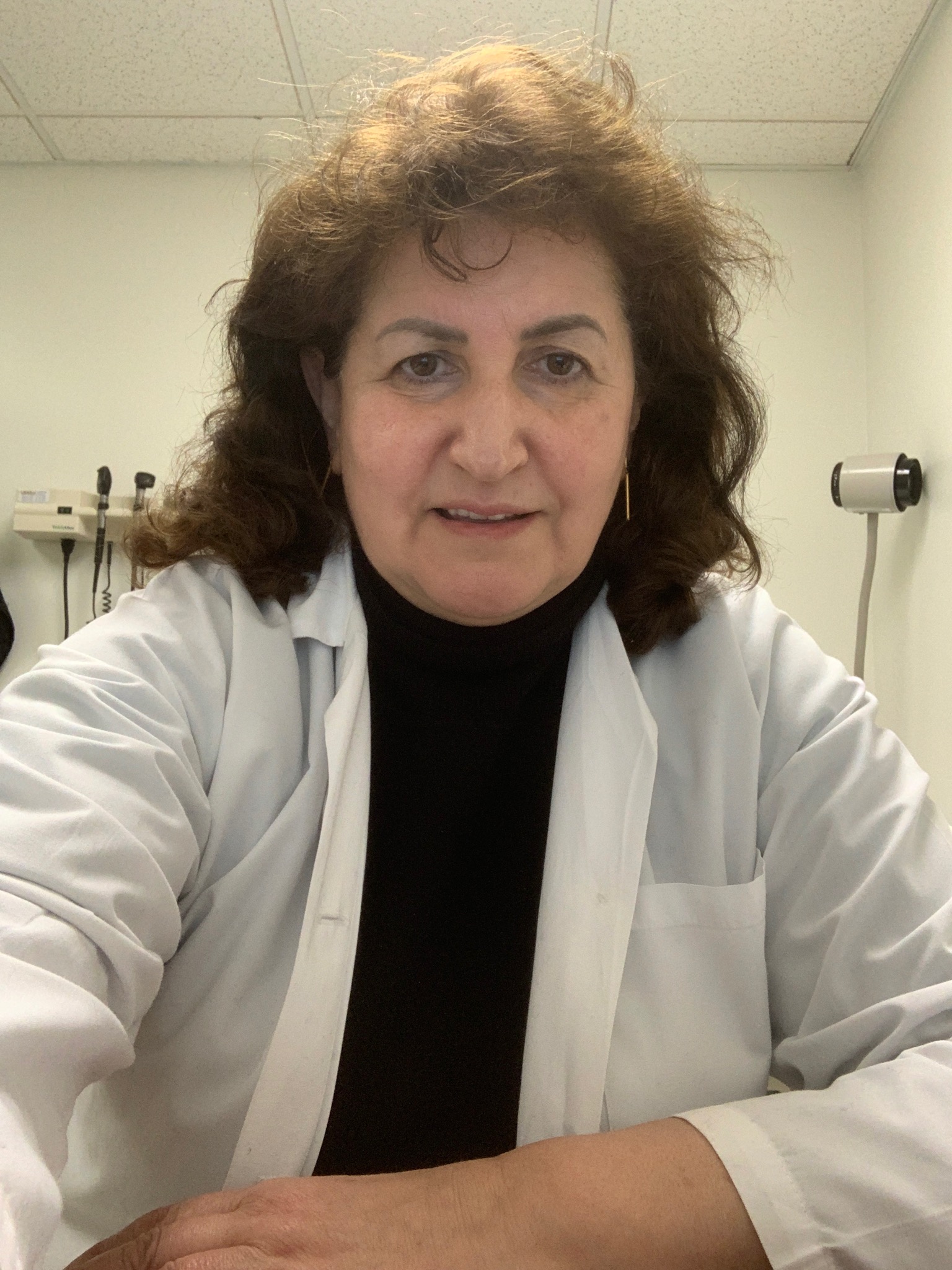PTSD (Post-Traumatic Stress Disorder)
PTSD is a mental health condition that can develop after experiencing or witnessing trauma, causing distressing memories, avoidance, and changes in mood or behavior.

Written by
Dr. Bessy Martirosyan

Reviewed by
Dr. Ellen Machikawa
Symptoms of PTSD
- Intrusive memories: Recurrent flashbacks of the traumatic event while awake or during sleep, severe emotional distress, and physical reactions.
- Avoidance: Avoiding thoughts, conversations, places, or people that remind of the trauma.
- Negative thoughts: Negative beliefs about self, others, or the world; hopelessness; memory problems about the trauma.
- Relationship issues: Difficulty maintaining close relationships, feeling detached from family and friends.
- Lack of interest: Loss of interest in activities once enjoyed.
- Mood symptoms: Irritability, aggression, overwhelming guilt or shame, self-destructive behavior.
- Physical symptoms: Easily startled, always on guard, sleep problems, high blood pressure, fatigue, muscle tension, headaches, nausea, and more.
Children and Teens
- Wetting the bed after learning to use the toilet
- Loss of ability to talk
- Reenacting the trauma through play
- Unusual clinginess to a parent or adult
PTSD Diagnosis
Diagnosis starts with a full medical history and physical exam to rule out other causes. If no physical illness is found, a mental health professional will use interviews and assessment tools to evaluate for PTSD or other psychiatric conditions. Early intervention is critical, but diagnosis can be delayed due to avoidance and stigma.
Why Does PTSD Go Unnoticed?
Avoidance is a key reason. People with PTSD often ignore reminders of trauma and avoid treatment, allowing symptoms to worsen. Stigma and misdiagnosis (as depression or anxiety) also contribute. Early recognition and treatment are essential for recovery.
Treatment
Psychotherapy
- Cognitive therapy: Identifies negative thought patterns and beliefs, often used with exposure therapy.
- Exposure therapy: Helps confront memories and situations in a safe environment, sometimes using virtual reality.
- EMDR: Eye movement desensitization and reprocessing combines exposure therapy with guided eye movements to help control symptoms.
Medications
- SSRIs: Boost serotonin to help mood, anxiety, and sleep symptoms.
- SNRIs: Increase norepinephrine, improving concentration and reducing depression.
- Alpha-1 blockers: Improve sleep and reduce nightmares.
- Anti-anxiety medications: Increase GABA to promote relaxation and sleep.
- Mood stabilizers: Control mood and keep emotions in check if other treatments are insufficient.
TMS Therapy
Transcranial Magnetic Stimulation (TMS) uses electromagnetic induction to stimulate specific brain regions. While FDA-approved for depression, TMS shows promise for PTSD, but more research is needed. Side effects are usually mild (headache, scalp pain).
Coping Strategies
- Mindfulness meditation: Reduces avoidance and self-blame.
- Physical activity: Exercise (running, walking, yoga, etc.) helps reduce stress and cope with symptoms.
- Creative outlets: Drawing, painting, writing, music, and dance can help process emotions.
- Support system: Social support is crucial for recovery and emotional validation.
Coping strategies work best when combined with a doctor-recommended treatment plan.
What Can You Expect on Your Road to Recovery?
Early diagnosis leads to smoother recovery. With treatment, symptoms can improve, functioning can be restored, and relationships repaired. Even if symptoms persist, life can improve significantly with the right support and strategies.
Why Do Some Develop PTSD While Others Don’t?
- Exposure to dangerous events or traumas
- Getting hurt or seeing others get hurt or killed
- Childhood trauma
- Feelings of horror, helplessness, or extreme fear
- Lack of social support after the event
- Excess stress after trauma (loss, death, etc.)
- Personal or family history of mental illness or substance abuse
Can You Prevent PTSD?
- Seek support from friends, family, or support groups
- Come to terms with your response to trauma
- Develop a coping strategy
- Prepare yourself to respond to upsetting events, even if you feel fear
Timely help and support can prevent normal stress reactions from developing into PTSD.
Frequently Asked Questions
Get expert answers to the most common questions about PTSD, symptoms, diagnosis, and treatment approaches
How are Acute Stress Disorder and PTSD different?
Acute Stress Disorder symptoms last a few weeks after a dangerous event and usually resolve. PTSD symptoms persist for weeks or months and can recur.
PTSD vs. Acute Stress
PTSD is longer-lasting and more disruptive than acute stress reactions.
Can emotional abuse cause PTSD?
Yes, emotional abuse can be a cause of PTSD, especially if it is severe or prolonged.
Emotional Trauma
Emotional abuse can be as damaging as physical trauma in causing PTSD.
Can PTSD cause hallucinations?
PTSD can sometimes cause dissociative symptoms, including hallucinations, especially in severe cases or when co-occurring with other mental health conditions.
Dissociation & Hallucinations
Hallucinations are rare but possible, especially with severe or co-occurring conditions.
Can PTSD cause Alzheimer’s disease?
There is no direct evidence that PTSD causes Alzheimer’s, but chronic stress may increase the risk of cognitive decline.
PTSD & Cognitive Health
Managing PTSD and stress is important for long-term brain health.
References
- National Institute of Mental Health. (2023). Post-Traumatic Stress Disorder (PTSD).
- American Psychiatric Association. (2022). Diagnostic and Statistical Manual of Mental Disorders (5th ed., text rev.).
- U.S. Department of Veterans Affairs. (2023). PTSD: National Center for PTSD.
- Mayo Clinic. (2023). Post-traumatic stress disorder (PTSD): Symptoms and causes.
- Cleveland Clinic. (2023). PTSD: Management and treatment.